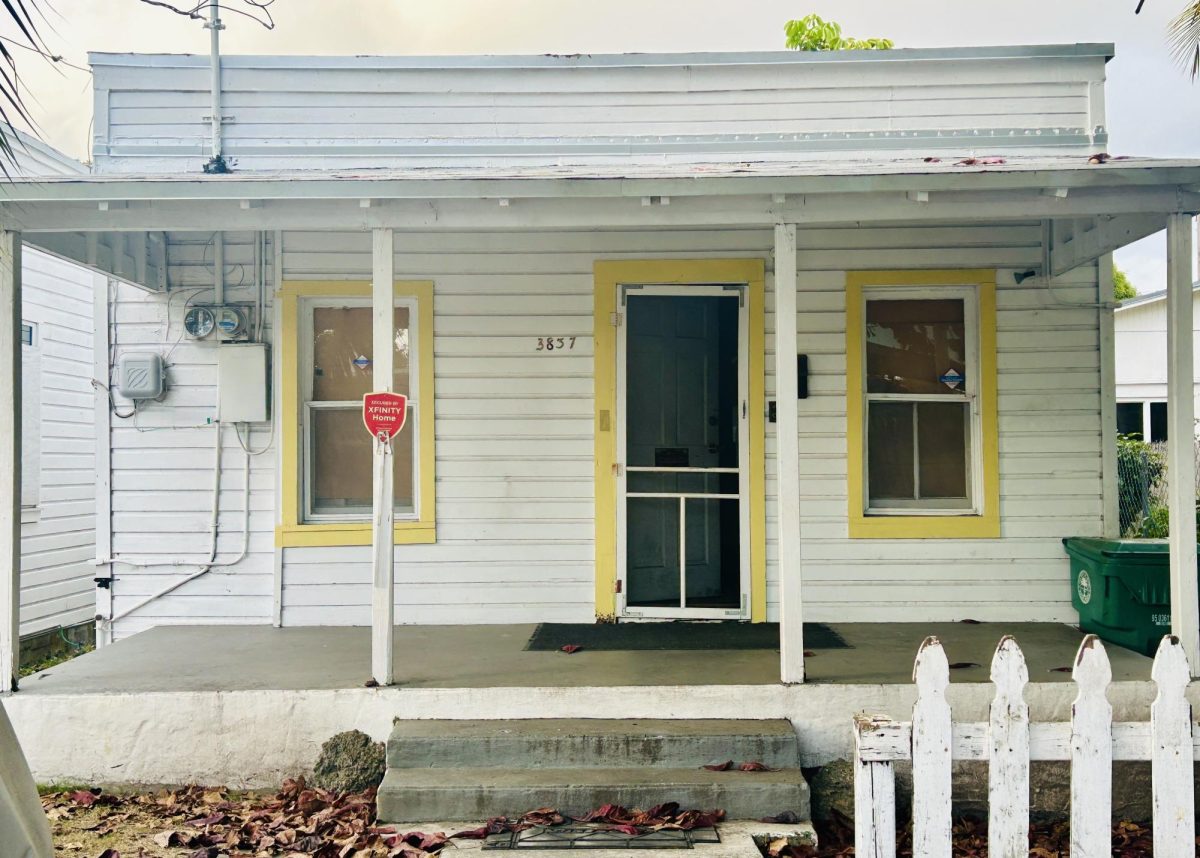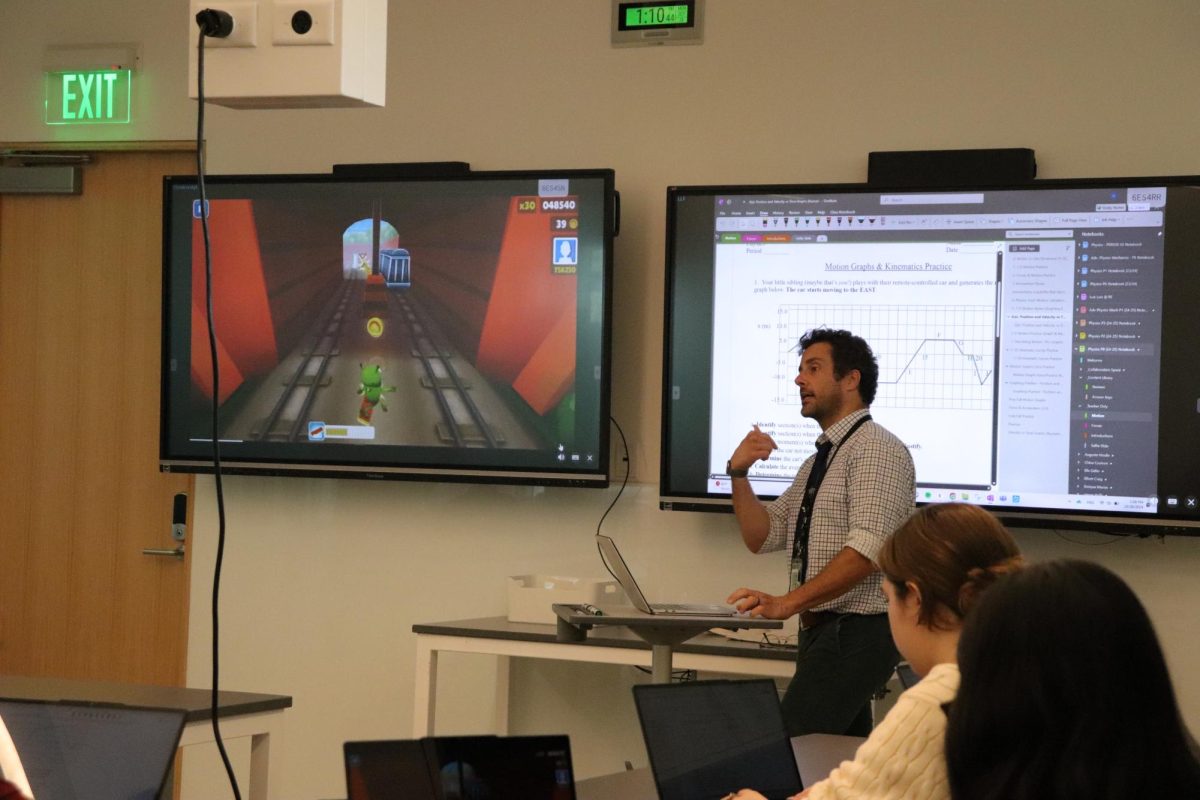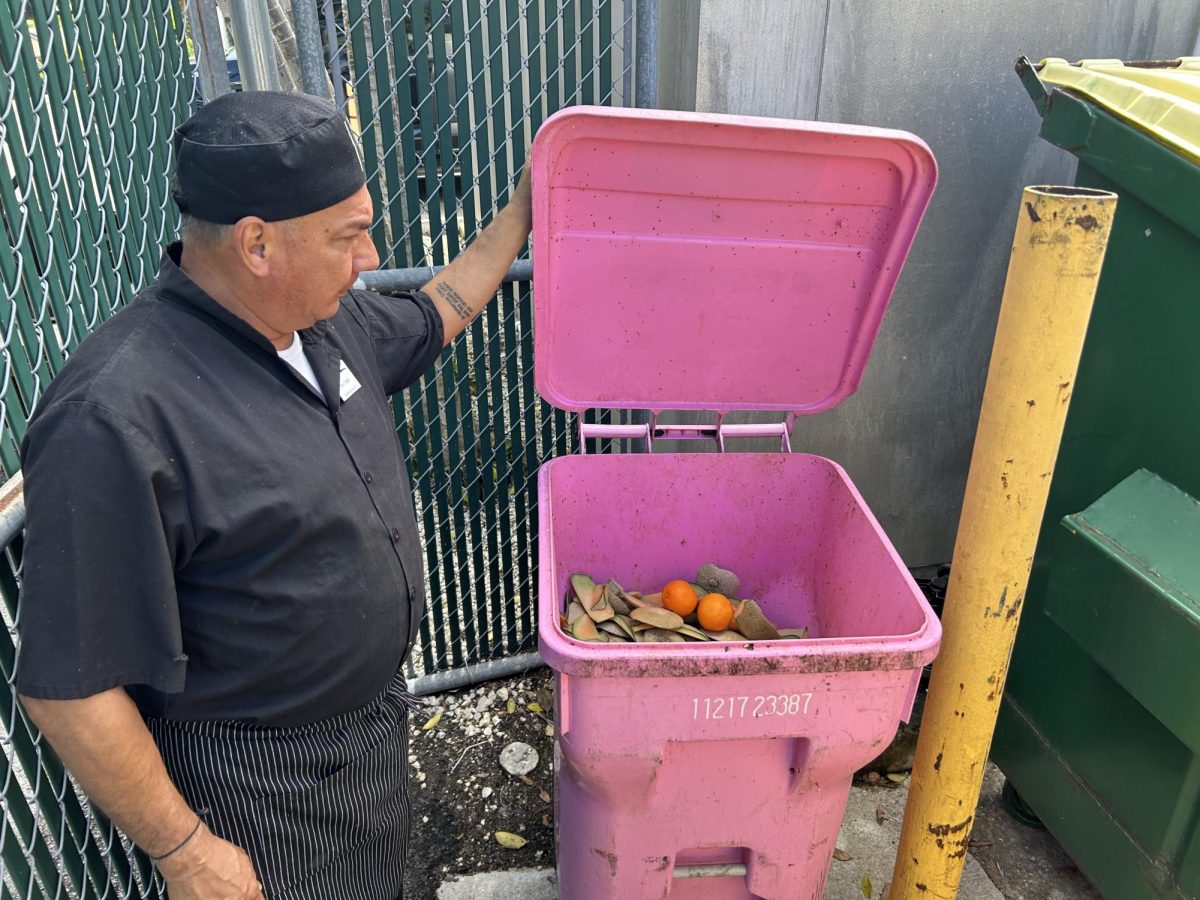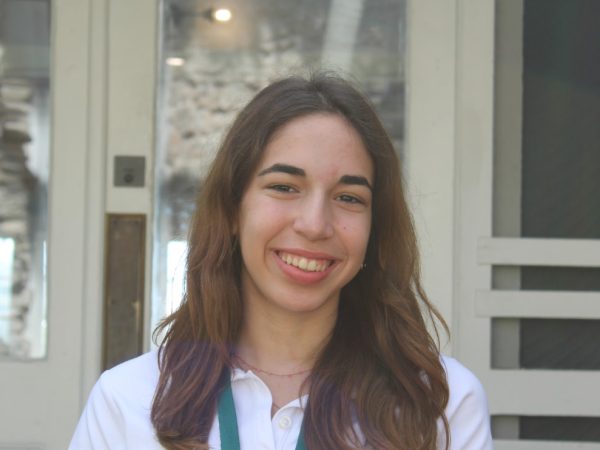A brand-new, massive, cutting-edge LED scoreboard now towers over the Robert E. Walker Field, equipped with the ability to not only keep score, but also display videos and photos of players and probably predict the weather if you ask it nicely. RE’s acquisition of the smart scorekeeper was certainly not cheap, costing upwards of $40,000. This behemoth has prompted new discussions and questions around how the school decides how funding between sports is divided—which teams receive state-of-the-art luxuries, and which are left to fend for themselves.
While field sports such as RE Football stand to benefit from the new scoreboard, other teams have faced tightening budgets this year. Several teams at RE are required to travel for matches and meets. In the past, the costs for hotels were covered by the school. However, RE has begun to require students to pay for their own hotels out of their RE Bookstore accounts. The school only covers one hotel per season.
In addition, this year, the girls’ cross-country team no longer received bottoms for their uniforms, placing them at risk of disqualification unless they purchased their own shorts individually.
Our issue is not with the so-called ‘jumbotron’ itself, which is inarguably a beautiful addition to Robert E. Walker Field. The problem is that few, if any, RE students even knew it was being installed until they saw it on the field after returning to campus.
Students and parents deserve transparency regarding where funding is going. Making sure RE families at the very least know about these big purchases would help foster the sense of community and accountability the RE Way strives for.
The same funds used to purchase the ‘jumbotron’ could have been allocated in a way that worked to meet the immediate needs of a wider variety of students. Those needs will remain invisible, and will not be met, unless students are asked for their opinions.
RE needs more student involvement in financial decisions.
RE could start by creating more opportunities for discussion between students and the administration. We propose the establishment of a Student Budget Commitee. Essentially, students would form a committee that would work closely with administrators to review budget proposals and offer their ideas on how to distribute resources more equitably. This would improve the relationship between students and the administration, ensuring future purchases are made with a clearer understanding of student priorities.
RE should also hold open budget forums throughout the year. These forums would invite students to participate in discussions about the school’s spending decisions, ensuring their voices are heard before any major purchases are made. Administrators could use these opportunities to explain the rationale behind expensive purchases, such as the ‘jumbotron,’ helping students understand the decision-making process and the factors involved. At the same time, these forums would give students the chance to express their concerns, ask questions, or propose alternative ways the money could be spent to better meet the needs of the student body.
RE could also explore a more innovative approach: participatory budgeting. This system would involve setting aside a portion of the student budget specifically for students to decide how it’s spent. This system would allow students to propose projects that they feel would benefit the school most. After the submission of proposals, the entire student body would vote on which projects receive funding, ensuring that the budget reflects the needs and interests of the majority.
Ultimately, increasing student involvement in budget decisions would create a more equitable distribution of resources, while creating a stronger connection between the student body and the administration. By giving student a seat at the table in these discussions, RE can make financial decisions that reflect the diverse needs of the student body and generate a positive impact for the greatest number of individuals. This embrace of financial transparency and dialogue is critical to the creation of a more inclusive environment in which all students feel heard.















